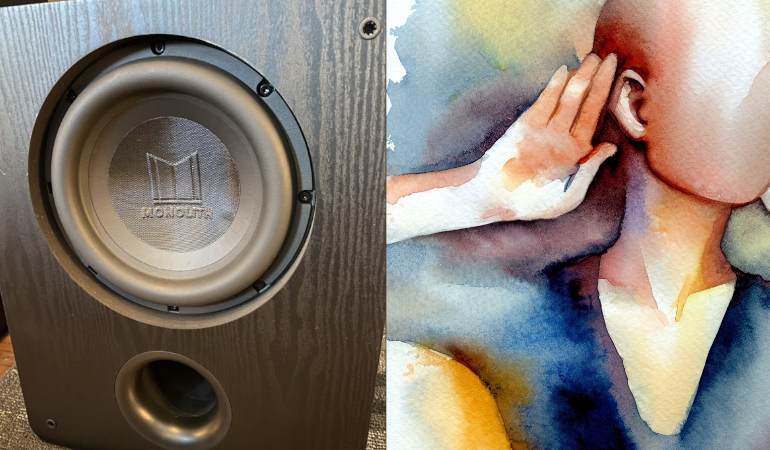What To Listen for When Positioning Your Subwoofer by Ear
You’ve read all the articles about the subwoofer crawl. Still, you are confused. When you are positioning your subwoofer by ear, what are you actually listening for? What specifically should you hear? Let’s discuss!
It Isn’t About Volume
It’s easy to be confused about what you listen for when you are positioning your subwoofer by ear. Most of the time we associate volume with quality. If you are crawling around your room, you might think that you should choose the location where the bass is the loudest. This isn’t the way and the reason is simple – loud bass isn’t necessarily the easiest to fix with your room correction.
It’s About What You Don’t Hear
There are lots of recommendations about what to play when positioning your subwoofer by ear. One common suggestion is bass-heavy music. This is exactly wrong. Bass-heavy music often has a very limited number of bass frequencies that are present. You want to use a bass sweep (like we suggest in our Crawling for Bass article). This lets you hear every possible bass frequency that might be present in your music and movies.

Now, instead of listening for bass or loud bass, pay attention to where the bass seems to disappear. As we’ve explained, bass interacts with your room in ways that can seem counterintuitive. Sure, sometimes you get extra bass, but often you get what is referred to as “bass suck-outs.” This is where the room causes the bass waves to interact to cancel each other out. These dips in the bass frequency response are the most important to identify. You want to pick the spot in your room where you hear the fewest number of bass dips.
Why Lack of Bass is Important
The reason we want the fewest number of bass dips is easy – room correction. Room correction attempts to fix the response of your speakers through EQ. EQ (no matter the type) is very capable of making things less loud. If you have a bass boost in your seat, any EQ can tame that by reducing the volume of your subwoofer at those frequencies.
Bass dips, on the other hand, are nearly impossible for EQ to fix. Since the bass waves are canceling each other out, increasing the volume doesn’t help as the louder wave is canceled out by the louder reflection. To give your room correction the best chance of working, you need to minimize the bass dips at your seat. Do that, and you’ll get the best possible bass at your seat.


